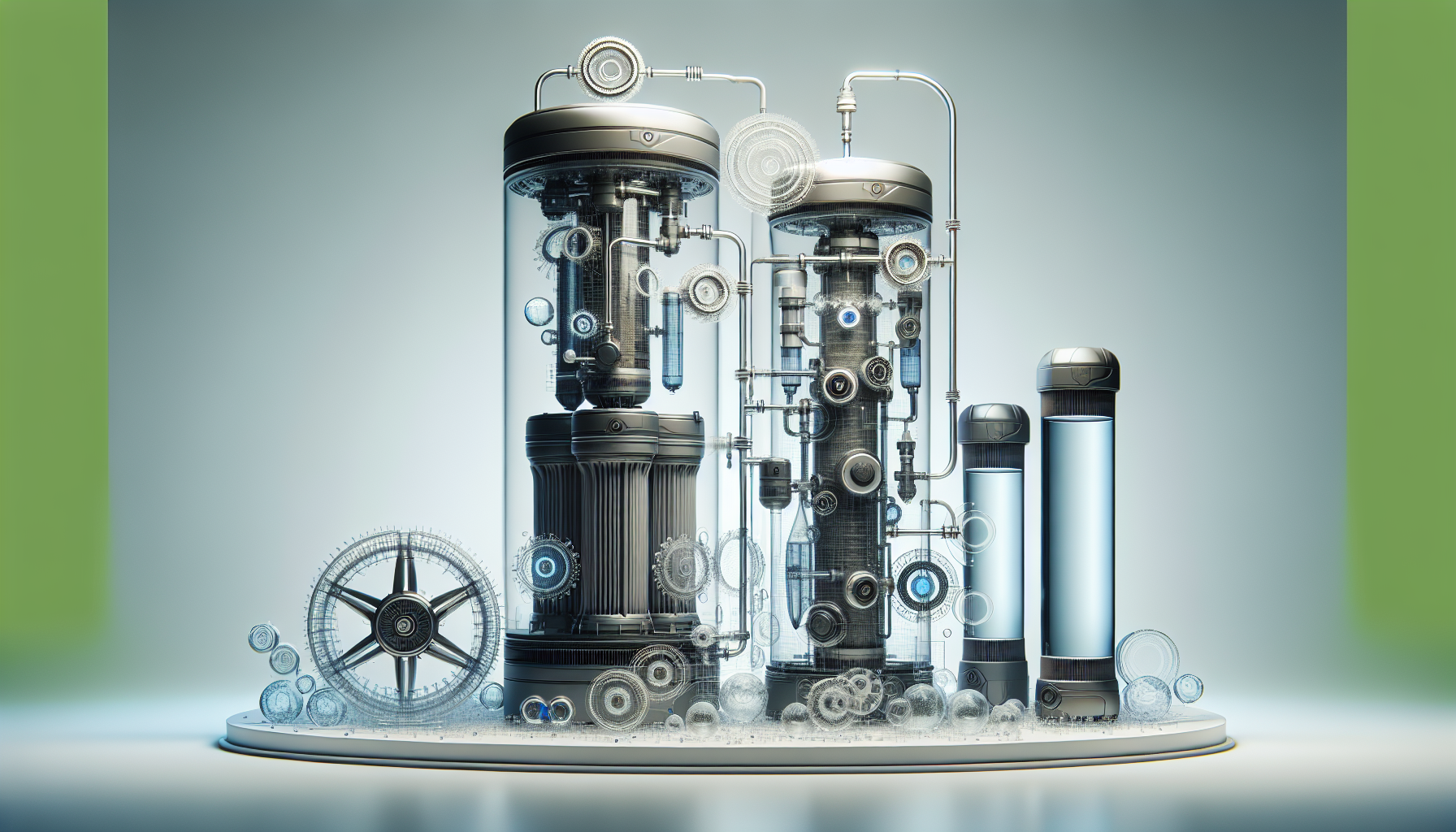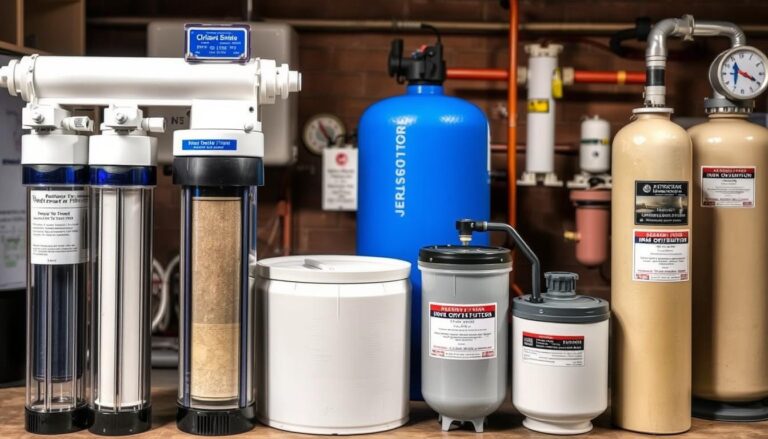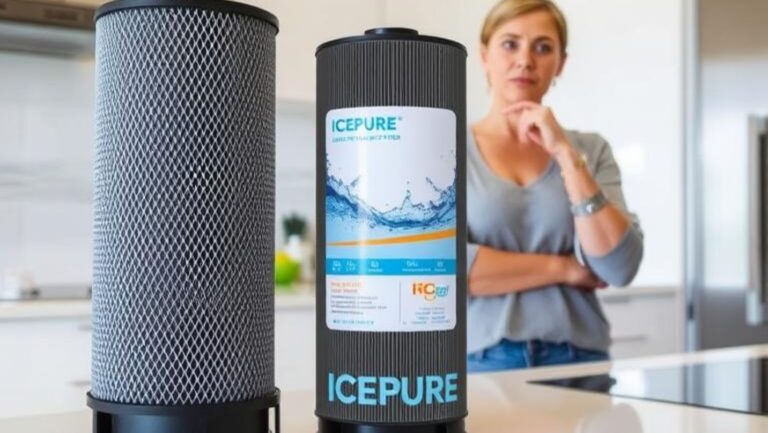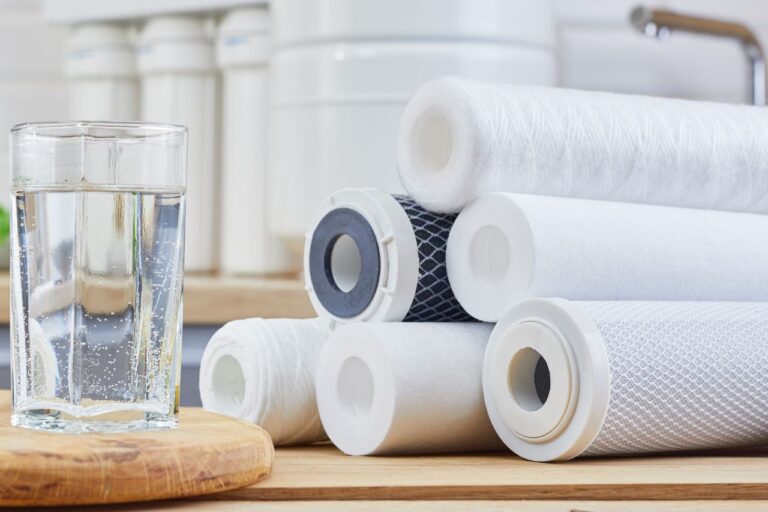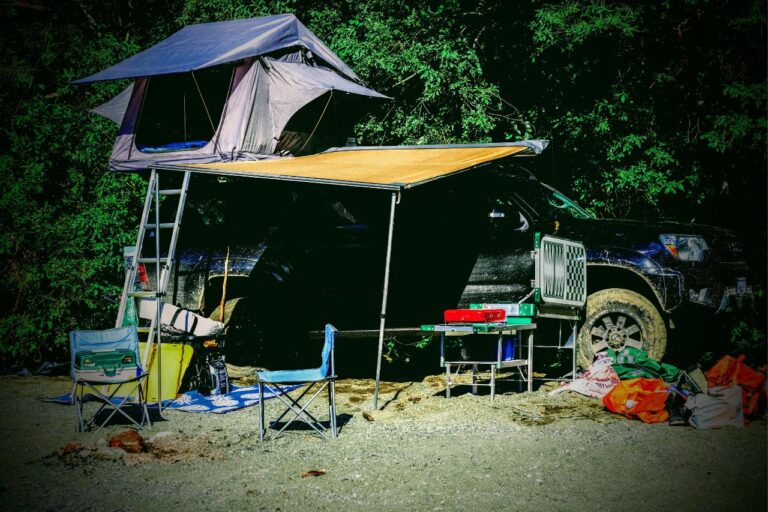Comparing the Benefits of a 3-Stage Filter vs Single-Stage Filter
Have you ever wondered why some devices have different stages of filters and what difference it makes? Filters are like magical gates that help keep things clean, just like when you use a net to scoop leaves out of a swimming pool. But today, we’re going to talk about two types of filters: the 3-stage filter and the single-stage filter. Let’s break down what they are and why you might use one over the other.

What Is a Filter?
Filters are tools that help remove unwanted stuff from air, water, or any substances so we can stay healthy and safe. Think of them as superheroes that protect us from bad guys, like dust, dirt, or germs. Filters are used in many places, like vacuum cleaners, air purifiers, and even your water bottles!
The Single-Stage Filter
A single-stage filter is like having one superhero guarding your castle. It has to do all the work alone. This type of filter usually has only one piece that catches bad particles. Sometimes it might be strong and super good at its job, but it’s only doing one job at a time.
Single-stage filters are often used when you only need to remove a specific thing, like dust from the air or sediment from the water. They are simple and easy to use, but might not catch everything.
The 3-Stage Filter
Imagine having three superheroes instead of one! A 3-stage filter has three parts, each doing its own special job to catch different kinds of bad things. It’s like having a team where each member is really great at their part of the mission.
This type of filter is typically used when you need to make sure nothing bad is left behind. It might start with catching big particles, then medium-sized ones, and finally the tiniest bad guys.
How Do Filters Work?
Filters work by trapping bad particles inside them so they can’t get past and cause trouble. Think of it like a goalie stopping a soccer ball from getting into the goal.
Single-Stage Filter Operation
In a single-stage filter, there’s only one layer for particles to get caught in. This might be made of materials like paper, mesh, or foam. The filter acts like a net, catching only the things that fit its job description.
Water or air flows through the single-stage filter, and it grabs as much as it can in that one step. If it’s made for catching dust, it might not be as good at stopping germs.
3-Stage Filter Operation
A 3-stage filter has three different layers working together. It’s like having three nets, each with different sizes. As air or water passes through, each layer catches the bad stuff in stages.
- First Stage: The first layer catches the big particles, like sand or hair.
- Second Stage: The second layer handles medium-sized particles, like smaller dust.
- Third Stage: The third layer catches the tiniest troublemakers, like certain allergens.
These layers make sure nothing nasty gets through, by catching particles at every stage.
Why Are Filters Important?
Filters are super important because they help keep our air and water clean. Cleaner air and water mean better health for you and your family. It can protect you from getting sick and ensures you have a pleasant living environment.
The Role of Single-Stage Filters
Single-stage filters do a good job at a specific task. They might be used more in areas where pollutants are less, or when the type of pollution is well-known and doesn’t vary much.
They are affordable and easy to replace, making them a good option if you’re on a budget. But they will need to be changed more often to do their job well.
The Role of 3-Stage Filters
3-stage filters are often used in places with lots of pollution or where many different kinds of particles need to be caught. They are robust and thorough, making them ideal for situations needing maximum protection.
Even though they might cost more upfront, they can save you money in the long-run because they last longer and provide better filtration.
How to Choose the Right Filter
Choosing between a single-stage and a 3-stage filter depends on what you need. If you want something for basic use and not too many bad particles around, a single-stage filter might do the trick. But if you need to catch a wide range of particles or want extra clean air or water, go for a 3-stage filter.
Things to Consider
- Quality of Air/Water: How clean is it already? If it’s mostly clean, a single-stage filter might be enough.
- Budget: Do you want to save money now or later? Single-stage filters are cheaper, but 3-stage filters can last longer.
- Specific Needs: Do you need to target specific particles? A single-stage might work, but a 3-stage offers more comprehensive coverage.
- Maintenance: Are you okay with replacing filters often? Single-stage filters may need more frequent changes.

Comparing Effectiveness
To understand things better, we should compare both types of filters.
| Factor | Single-Stage Filter | 3-Stage Filter |
|---|---|---|
| Levels of Filtration | One | Three differing levels |
| Particle Size Caught | Specific to one type | A broader range |
| Cost | Low | Higher upfront cost |
| Maintenance | Frequent replacement | Less frequent but might cost more each time |
| Overall Effectiveness | Good for specific use | Excellent for comprehensive use |
As you can see, although single-stage filters have their advantages, 3-stage filters often provide more thorough cleaning.
Pros and Cons
Just like everything else, each type of filter has its own pros and cons.
Single-Stage Filter Pros
- Simple and Easy to Use: They are straightforward and usually easy to replace.
- Affordability: They often cost less than their 3-stage counterparts.
- Quick to Install: Because they are simple, it’s easy to put them in place.
Single-Stage Filter Cons
- Less Thorough: They might not catch as many different types of particles.
- Frequent Replacement: They may fill up faster and require more changing.
- Limited Use: Not as effective for very polluted environments.
3-Stage Filter Pros
- Comprehensive Filtration: Offers multiple levels of particle trapping.
- Durability: Often lasts longer before needing replacement.
- Versatility: Works well in various environments by catching a wider range of particles.
3-Stage Filter Cons
- Higher Initial Cost: They might be pricier than single-stage filters.
- Installation: Can be slightly more complex due to multiple layers.
- Size: Might be bigger or bulkier than single-stage options.
Conclusion
Filters are important tools to help keep us and our surroundings clean and healthy. Deciding whether to use a single-stage or a 3-stage filter depends on your specific needs and circumstances. If you’re looking for something simple and specific, a single-stage filter might suffice. However, if you want comprehensive coverage and cleaner air or water, opting for a 3-stage filter is more beneficial.
Both types of filters have their own important role in ensuring a pollution-free environment. Just like having different superheroes for different missions, these filters work as guardians to keep your world safe and clean!

